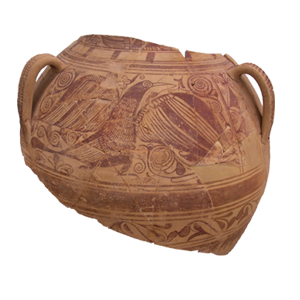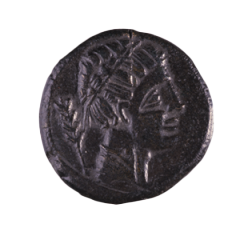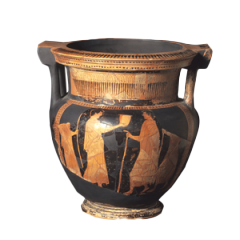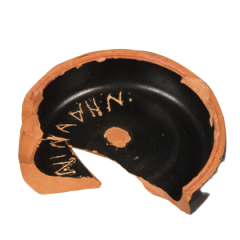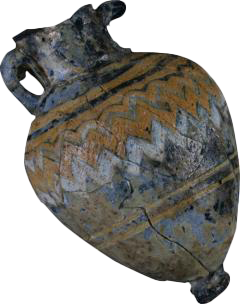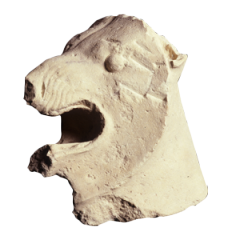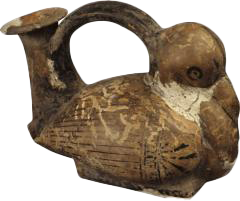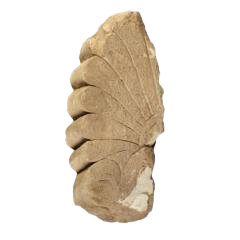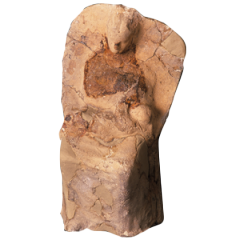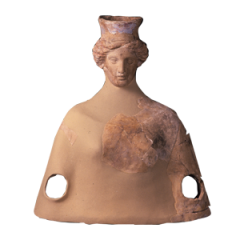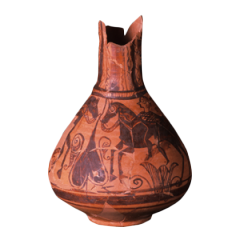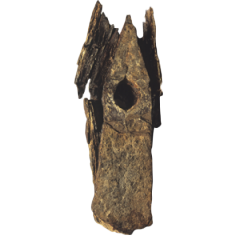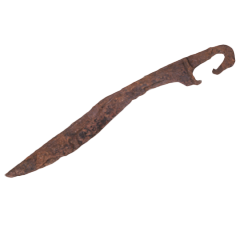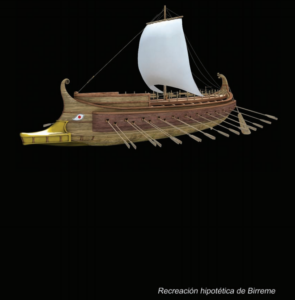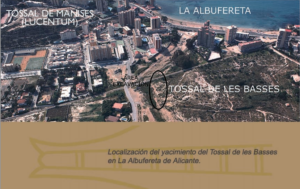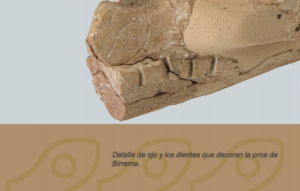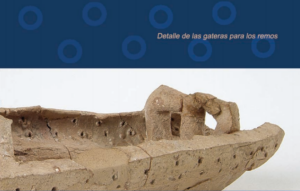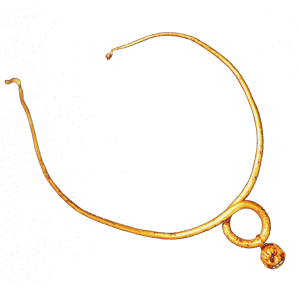HALL ÍBEROS
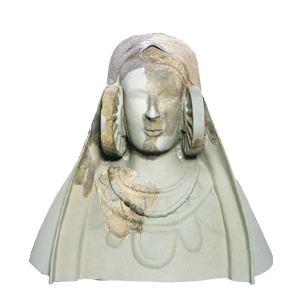
THE CONTEST
The exhibition begins by situating the Iberian area chronologically and geographically. It highlights the region of the Contestanos, a people who, according to ancient writers, inhabited the lands of Alicante. An interactive application shows us the great wealth of its archaeological sites.
The central space of the room, presided over by the Lady of Cabezo Lucero, is dedicated to the most relevant aspects of the Iberian world of Alicante. An audiovisual is projected on it that animates scenes of Iberian ceramics so that its iconographic richness can be appreciated.
The room includes other interesting topics such as:
- Settlement and the economic, craft and social aspects of settlement
- Religion and the funerary space
- The Iberians and Rome
PIECES FROM THE IBERIAN ROOM
Tinaja con decoración estilo Elche-Archena
TINAJA CON DECORACIÓN
ESTILO ELCHE-ARCHENA
Tossal de la Cala (Finestrat).
Cerámica
h: 39 cm; a: 46 cm; e: 30 cm
Iberian
Siglos II-I a.C.AS bronze saiti
................................................. Bronze ace from the Iberian mint of Saiti (Xàtiva, Valencia). Type Vives 20-2.Column Crater
................................................. Necropolis of El Cabezo Lucero (Guardamar del Segura) Ceramic h: 34'5cm; w: 29'5 cm Iberian 460-450 BC.Graphite in Greco-Iberian script
................................................. Illeta dels Banyets (El Campello) Ceramic h: 11.2 cm; w: 11.2 cm; d: 2.9 cm Iberian. 380-325 BC.Anforisco
................................................. Necropolis of Cabezo Lucero (Guardamar del Segura) Vitreous paste h: 6.5 cm; w: 4.1 cm: 4'1 cm Ancient Iberian Late 5th century BC.Tap Head
................................................. Necropolis of Cabezo Lucero (Guardamar del Segura, Alicante) Limestone h: 27.5 cm; w: 19 cm; d: 23 cm Iberian Second half of the 5th century - beginning of the 4th century BC.Bird-shaped attic attic
................................................. Necropolis of Cabezo Lucero (Guardamar del Segura)Palmette sculpture
................................................. Necropolis of Cabezo Lucero (Guardamar del Segura) Limestone h: 18.5 cm; w: 8.5 cm; d: 5.3 cm Ancient Iberian-Pliocene Second half of the 5th century-early 4th century BC.Terracotta female seated with child
................................................. DEMETER-LIKE MOTHER-GODDESS Necropolis of La Albufereta (Alicante) Ceramic made with a univalve mould h: 21 cm; w: 11.3 cm; h: 7.5 cm Iberian 4th century BC.Terracotta bust
Terracotta bust ................................................. Necropolis of La Albufereta (Alicante) Terracotta h: 40 cm; w: 37 cm; d: 21.5 cm Iberian 4th-3rd century BC: 37 cm; w: 21'5 cm Iberian 4th-3rd century BC.Jar
................................................. Tossal de Manises (Alicante) Ceramic h: 31.5 cm; w: 21.4 cm Iberian Late 3rd century BC.Hoe
............................................. La Escuera (San Fulgencio) Iron h: 30 cm; w: 11.4 cm; h: 13.8 cm Iberian 3rd century BC.Lady of Cabezo Lucero
................................................. Necropolis of Cabezo Lucero (Guardamar del Segura, Alicante) Sandstone) Sandstone h: 49 cm; w: 54 cm; d: 33 cm Iberian Late 5th century BC, early 4th century BC.Falcata
................................................ Necropolis of Cabezo Lucero (Guardamar del Segura, Alicante) Iron h: 57 cm; w: 7 cm; d: 1.5 cm Iberian Second quarter of the 4th century BC.
AUDIOGUIDES
AUDIO GUIDE Introduction Iberian Culture Hall
Welcome to the Iberian Culture Room
Welcome to the hall of the Iberian culture
Bienvenue à la salle de la culture ibérique
Welcome to the Halle der iberischen Kultur
Welcome to the hall of Iberian culture
AUDIOGUIDE P2
- ................................................ Necropolis of Cabezo Lucero (Guardamar del Segura, Alicante) Iron h: 57 cm; w: 7 cm; d: 1.5 cm Iberian Second quarter of the 4th century BC.
BIRREME VIDEO GUIDE
Of modest size, appearance and material, it is nevertheless an exceptional piece as it is the first example of a three-dimensional representation of an ancient ship in the Iberian Peninsula. It is incompletely preserved, but the elements are sufficient to determine that it is a fairly reliable model, almost 21 cm long, of a birreme (one birreme) and a birreme (one birreme). It is a birreme (two rows of superimposed oars) that would also have had sails. Of particular note is the start of a spur at the bow on which eyes were engraved on both sides as a propitiatory symbol for sailing. The shape of the vessel and certain construction details seem to suggest that it is a very probably Carthaginian warship from the 4th century BC, the date of the archaeological context in which it appeared and the period in which the Iberian settlement underwent a phase of marked development.
In other parts of the Mediterranean, terracotta boats are considered to be votive offerings, offerings to deities deposited in sanctuaries as a sign of gratitude for a good voyage or to favour the success of a future voyage. It is possible, therefore, that the presence of this earthenware boat has the same meaning, as there are also two other fragments found recently at the same site. This is a settlement with an important commercial activity with wharves located inside the Albufereta which, thanks to sedimentological analysis, had enough depth at that time, between the 5th and 4th centuries BC, for large ships to enter.
AUDIOGUIDE DAMA
Lady of Cabezo Lucero
................................................. Necropolis of Cabezo Lucero (Guardamar del Segura, Alicante) Sandstone) Sandstone h: 49 cm; w: 54 cm; d: 33 cm Iberian Late 5th century BC, early 4th century BC.
AUDIOGUIDE P5
- ................................................. DEMETER-LIKE MOTHER-GODDESS Necropolis of La Albufereta (Alicante) Ceramic made with a univalve mould h: 21 cm; w: 11.3 cm; h: 7.5 cm Iberian 4th century BC.
- Terracotta bust ................................................. Necropolis of La Albufereta (Alicante) Terracotta h: 40 cm; w: 37 cm; d: 21.5 cm Iberian 4th-3rd century BC: 37 cm; w: 21'5 cm Iberian 4th-3rd century BC.
AUDIOGUIDE P6
AUDIOGUIDE P7
- ................................................. Necropolis of Cabezo Lucero (Guardamar del Segura) Limestone h: 18.5 cm; w: 8.5 cm; d: 5.3 cm Ancient Iberian-Pliocene Second half of the 5th century-early 4th century BC.
AUDIOGUIDE P8
- ................................................. Necropolis of Cabezo Lucero (Guardamar del Segura, Alicante) Limestone h: 27.5 cm; w: 19 cm; d: 23 cm Iberian Second half of the 5th century - beginning of the 4th century BC.
- ................................................. Necropolis of Cabezo Lucero (Guardamar del Segura)
AUDIOGUIDE P9
- ................................................. Bronze ace from the Iberian mint of Saiti (Xàtiva, Valencia). Type Vives 20-2.
- ................................................. Necropolis of El Cabezo Lucero (Guardamar del Segura) Ceramic h: 34'5cm; w: 29'5 cm Iberian 460-450 BC.
- ................................................. Illeta dels Banyets (El Campello) Ceramic h: 11.2 cm; w: 11.2 cm; d: 2.9 cm Iberian. 380-325 BC.
infoTREASURE GUIDE OF THE MARINA ALTA
TREASURE OF THE MARINA ALTA
Pic de l'Àguila (Denia).
Gold
Torques:
h: 13 cm; h: 10'2 cm
h: 13'1cm; w: 10'6 cm
h: 12.2 cm; a: 10.5 cm
Pendant:
h:1'6 cm; w:1'8 cm
Iberian
5th-2nd century BC
This is a golden set of three torques or chokers and a pendant. The first are sticks with a circular cross-section whose thickness decreases towards the ends, forming a thread that twists at the ends to make the two strands hook together. At the bottom they form a loop with two spherical beads (flattened on one of them) strung on each side on two of the twists. The third loop is decorated with latticework and triangles of incised lines, and from it hangs a pendant that was made from gold leaf cut symmetrically in the form of two circles joined by a strip with fluted decoration that was folded into the loop, joining the circles on which was impressed a decoration of rosettes.
The single pendant is in the shape of a schematic lotus flower. Each of the two sides is decorated with filigree decoration and circles of gold thread. The jewellery would have been suspended by the double ring connected by a ribbon thread that crowns the piece.
Two rings are soldered to the underside of each scroll, from which hang other small pendants in the shape of a pomegranate, and from another ring at the lower apex hangs another element that is now lost.
Recently, the four pieces that make up the find have been analysed by a team from the University of Valencia, which has determined an alloy composed of a high percentage of gold, more than 90 %, silver and copper.
The set of jewellery was inside a masonry wall of the site, which indicates that it was concealed. Recent research considers that the Pic de l'Àguila was a fortress erected for the control and defence of Dianium and its territory during the Sertorian Wars (80-73 BC), since several classical authors (Cicero, Sallust, Strabo) mention that this city was Sertorius' naval base and one of his last peninsular enclaves. Perhaps, therefore, some event related to the civil conflict forced the hiding of this treasure, which was not recovered until more than 2,000 years later.
The jewellery may be older, as indicated by A. Perea and C. Aranegui. Aranegui, although one of the parallels for these pieces can be found in the set of necklaces from Santana da Carnota, in Portugal, which have a similar decoration to the one that adorns one of the torques, and which were also hidden at the same historical moment.
C.S.: 12255, 12256, 12257, 12258
PEREA, A. and ARANEGUI, C., 2000.
FERRERO, J.L. et alii., 2001.
SOLER, J. and OLCINA, M., 2002.
AUDIOGUIDE P10
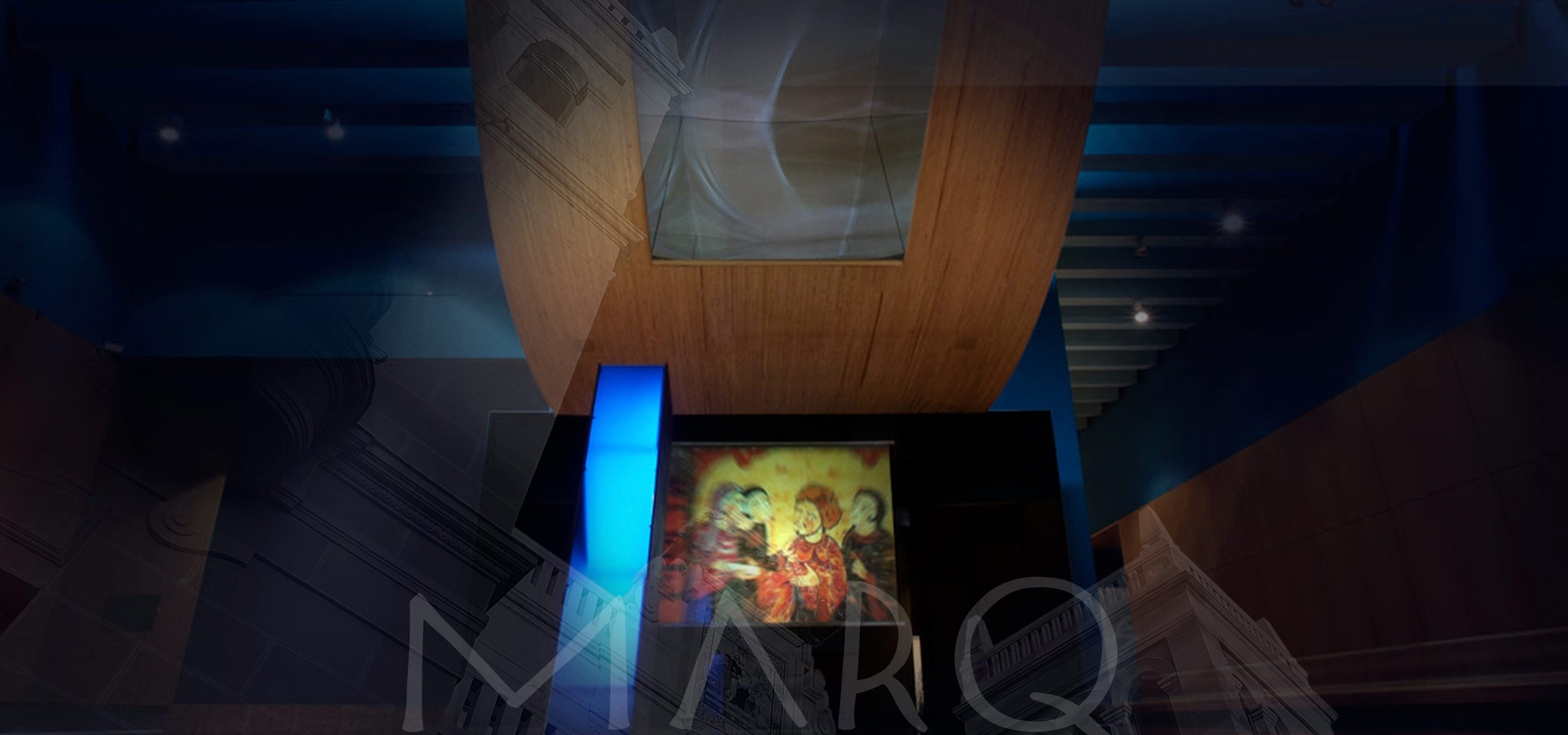
PERMANENT EXHIBITION
The new Provincial Archaeological Museum of Alicante is very interesting from a didactic point of view and at the same time fun, rigorous and spectacular. The Museum also offers the possibility of learning about the archaeological method. In three rooms, the Field Archaeology Room, the Urban Archaeology Room and the Underwater Archaeology Room, you will be able to...
OPENING TIMES
FROM TUESDAY TO SATURDAY: From 10:00 to 19:00h
SUNDAYS AND PUBLIC HOLIDAYS: From 10:00 to 14:00h
MONDAY CLOSED
COLECCIÓN PERMANENTE
Pases guiados castellano: - Sábados: 12:00h.
TICKET SALES
>>ENTRADA CONJUNTA MARQ/ILLETA/LUCENTUM/TORRE
VISITA DOS CENTROS AL PRECIO DE UNO:
>> COMBINADA MARQ Y LUCENTUM
>> COMBINADA MARQ Y LA ILLETA
